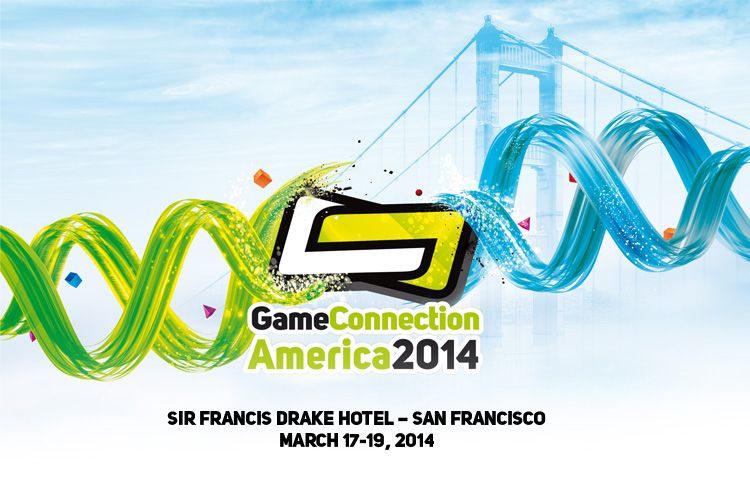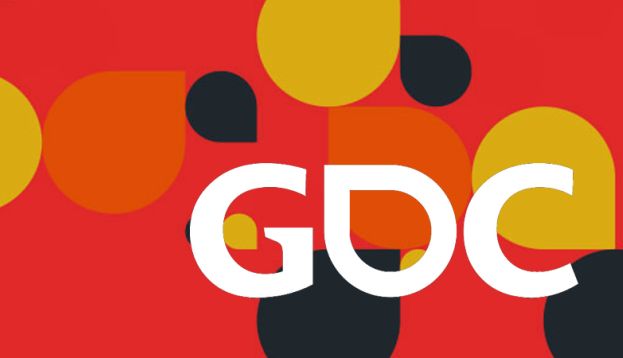This week the Game Developers Conference is taking place in San Francisco, and more than 20,000 people involved with the game industry will be attending. The conference includes multiple tracks of sessions, an Expo floor, two days of summits and innumerable press conferences, parties, and random encounters in the hallways of the Moscone Center. It can be overwhelming, but with the right preparation this is a great place for marketers (or anyone in the industry) to gather information about the market, the competition, the business, the technology, and the future directions for all of those things.
While everyone has their own tasks and goals for the GDC, if you can spare a little time there’s some good information to be gleaned. Much of it is metadata, looking at where companies are spending money and deducing what that means about priorities. Here’s some things to keep in mind as you wander through GDC; much of it also applies to the Game Connection show that also takes place this week.
Scan the Expo
The exhibit represents a number of companies who have spent sometimes quite substantial amounts of money to get in front of game developers. Look at the booths and see if the company’s focus is obvious. Are they selling a product Trying to convince developers to work on a particular platform Providing a service If you can’t tell immediately what the company is trying to accomplish, that’s a marketing problem. Make a note to avoid that if you’re ever involved with booth design.
Watch and see which booths are attracting the biggest crowds, and try to determine why. Also note the big booths that look deserted — what are they doing wrong You can learn both what developers are highly interested in, and you may pick up some ideas on how to avoid creating a booth that’s a ghost town. If you can’t attract developers to your booth, that was a huge waste of time and money.
Some things to note about Expo booths. Tools usually follow the market, but sometimes they lead it — take a good look at what types of tools are in demand. Check out new features, especially ones that seem to gather a crowd. What are the problem areas for the industry Expo booths tell you. When you see a dozen different companies dealing with payments globally, that tells you something about how important it is to handle payments, and how it’s not easy to handle it yourself.
Absence is also a clue. A decade or so ago copy protection was all the rage, and thus the Expo had several vendors touting solutions. Now you won’t see them, because in an increasingly free-to-play or connected era copy protection (or DRM) is something to be avoided. Are there types of companies you saw last year or the year before that are no longer exhibiting
Pay attention to booth design and marketing materials. Typically you’ll learn some things to avoid . . . like when you glance at a booth and have no idea what product or service they are hawking. Do they have marketing materials, like a sell sheet handy That may seem silly in an age where you can just go to a website to be inundated by information, but there are advantages to paper as a technology. It’s cheap, colorful, and you can save someone time by providing just enough info to get interested in your product or service. Make a note of the best signage and the worst signage, the slogans that caught your attention and the ones that made you grimace.
While the GDC is not E3, you may on occasion encounter booth babes (defined as attractive young people in revealing clothing hired for their looks, not their product knowledge). Really, that’s rather sad to see in this century. It usually marks a company that’s unsure of its product’s ability to attract attention, or someone in charge of the booth who’s a jerk, or perhaps both. Send a message to them by avoiding their booth, and maybe things will change in the future.

Walk the Career Center
This is an obvious way to figure out not only which companies are expanding, but what areas they are expanding into. Are they hiring engineers with console experience or mobile developers. Check out who’s hiring, and what positions they’re hiring for. Read the job descriptions. This is one way to figure out the directions your competitors are heading. As well, notice which big companies don’t have a presence at the Career Center. They probably aren’t expanding rapidly, which is something to keep in mind as you study their press releases.
Check Session Attendance
There will be a few sessions that are standing room only, no matter how large the room. Sometimes the reason is obvious, as when a noted designer or a big company CEO takes the stage. Other times, it’s not the speaker but the topic that’s attracting a crowd — and that can be a clue to what developers are hungry for. One type of session that always seems to get good attendance is one that reveals hard numbers about sales, revenue, virtual goods sales and the like. If you really want to know why people are going to a particular session, ask them.
Final Thoughts
Don’t miss the hallway booths, or the ones on the mezzanine, or anywhere you see someone trying to send a marketing message. Again, make a note of ones that succeed in getting your attention (and pay particular attention to those that are getting a good crowd).
Party judiciously. Don’t expect to hold any good conversations at many of the parties, which typically are so noisy you’re better off texting. Identify those easily enough when they talk about the DJ’s they’ve got lined up. Pace yourself, because there’s more to do the next day and a hangover won’t help. What can you learn from parties? Who’s got budget to burn? For one thing, unless it’s a small-scale affair, don’t expect to get much networking done. Sometimes you’ll strike gold at the right party, though, and make some great connections. There will be more parties than you can possibly attend, though, so choose wisely.
Tchotchkes are a given, but who’s got the good ones. If you want to see the best ones, get to the Expo early before they are all gone. In the past, sometimes hardware companies have given out some rather expensive hardware at some of the sessions — Google is famous for this, and last year Sony gave out a PS Vita to everyone at a particular session. It may seem crazy, but it’s certainly a great way to get the attention of a key demographic. Usually there are plenty of t-shirts, pens, rubber balls and the like, but there’s almost always one or two creative, interesting and well-constructed tchotchkes that earn a place on your desk and keep that company’s name in your mind. Those are the type to copy for your own firm.

